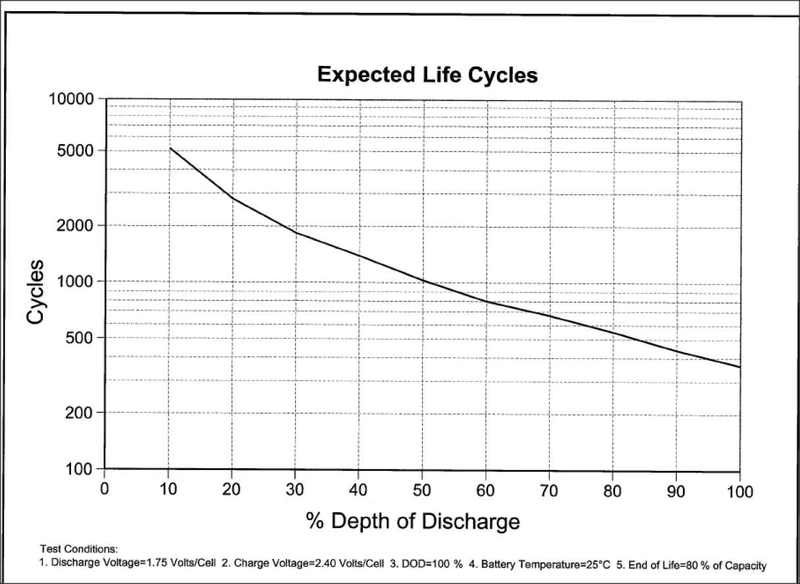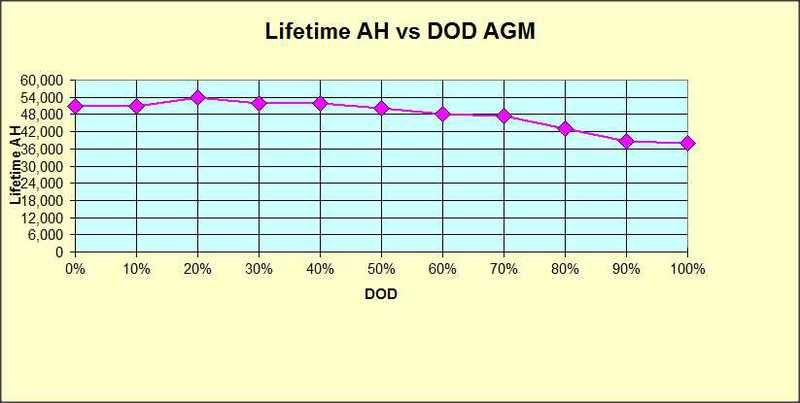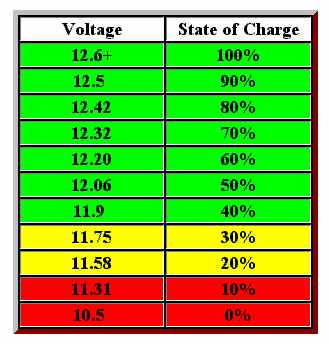thriftydutch
Jul 05, 2016Explorer
Discharge batteries
How far can I discharge my 2 # 27 12 volt batteries. Some sites say 12.2 volts and others say 11.6 volts. These are new batteries I just installed and I do not want to screw them up. Most of my power is used on my electric fridge.


